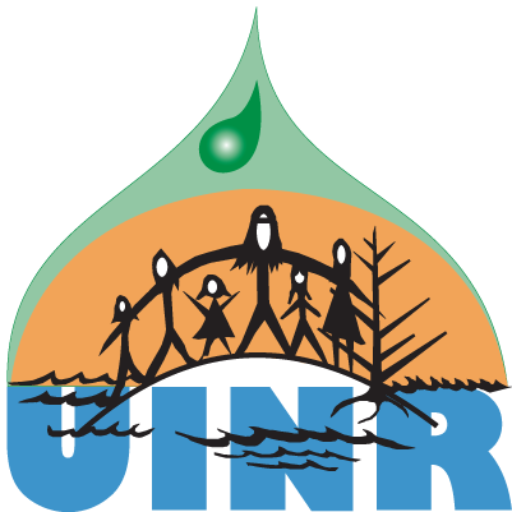Science Nest
In the Mi’kmaq Nation, the wtisi, or nest, is particularly symbolic of the eagle. Eagles are monogamous and the nest is a place for both adult and young together. The nest provides a safe place to be nourished and develop. However, the nest must be strong, with good resources, to withstand the pressures around it. … Read More
